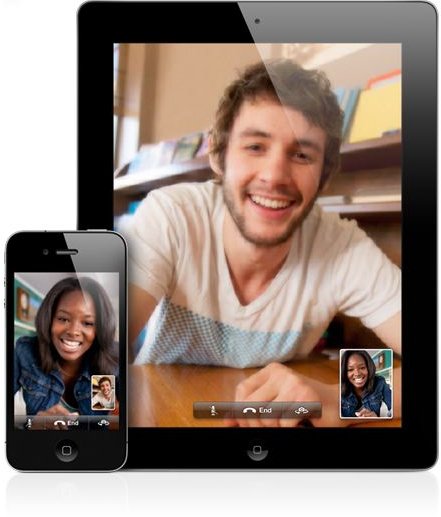iPad in ESL Education: Apps and Methods

The iPad is more than an easy way to read books and newspapers or media consumption. However, the iPad can be used in the classroom and for self-study. Many college students, for example, download ebooks and textbooks to the iPad and study during their commutes. This can be a great option for those who don’t want to carry around a lot of textbooks. The iPad is more than a powerful portable ebook reader though. This article will help you learn about the various ways that ESL students studying for TOEFL, learn how to pronounce English and learn to understand English words.The iPad can even be used to learn different accents and dialects of English.
iPad Educational Apps for ESL
Depending on your interests and challenges in learning English, there are several apps that can be used.
-
Kindle App for the iPad (free app): The Kindle app can be used to read and purchase books for the iPad. One of the features of the Kindle app that is most useful to ESL students is the built-in dictionary which makes it easy to look up words.
-
Conversation Builder (paid app): Building English conversation skills can be difficult when you are alone; using an app like Conversation Builder can make that process easier. This app has more than one hundred conversations programmed and it can be personalized.
-
The Ultimate Alphabet (free app): Learning English doesn’t have to feel like work and this app is a great example of how to make learning English fun. Based on a bestselling book, this app is best suited to young children or those starting at a very basic level of English knowledge.
-
Stanza (free app): Stanza is an ebook reading app that can be used to read ebooks, textbooks and other types of text documents. If your teacher or class assigns digital reading assignments, you can read those materials on the iPad using Stanza.
-
Dictionary.com (free app): There are many different dictionary apps available for the iPad; this is one of the most respected and widely used apps. For novice English students, supplementing this app with a more specific dictionary (e.g. English->Spanish) app would be well advised.
Using the iPad For Education
Beyond using apps designed for educational purposes, there are several ways of using the iPad’s features for education. It all depends on the student’s enthusiasm and whether they can find equally motivated peers and instructors to interact with.
-
Using FaceTime: FaceTime, a video phone app built into the iPad, is a great way to hold conversations. Since you are able to see how the other person is reacting, FaceTime also makes it easier for students to improve their English skills.
-
Touchscreen interface: By encouraging students to engage with material by touching the iPad (e.g. playing English games or simply flipping virtual pages), the touchscreen interface of the app accommodates different learning styles.
-
Camera App: The built in camera app lets you record audio and video. ESL students can use this feature to record themselves and then send the recording to others to seek feedback.
Resources
Conversation Builder, https://itunes.apple.com/us/app/conversationbuilder/id413939366?mt=8
Dictionary.com App, https://itunes.apple.com/us/app/dictionary-com-dictionary/id364740856?mt=8
Stanza, https://www.lexcycle.com/
Kindle App, https://itunes.apple.com/us/app/kindle/id302584613?mt=8
The Ultimate Alphabet, https://itunes.apple.com/us/app/the-ultimate-alphabet/id357031202?mt=8
Image Credit: Apple/Screenshot of FaceTime